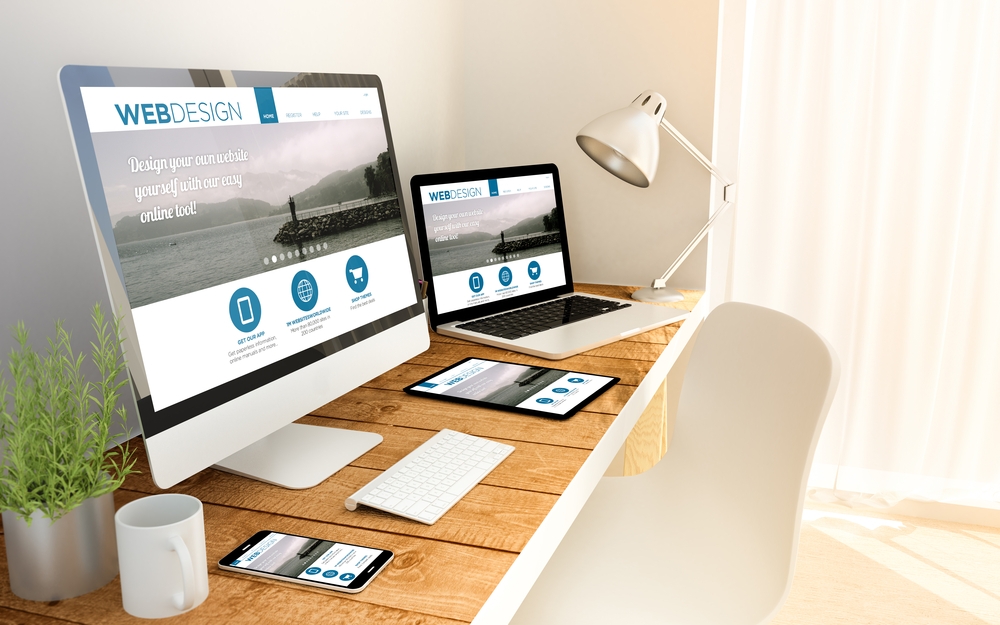In today’s digital age, it’s essential to create a website that looks great on all devices, including desktops, laptops, tablets, and smartphones. That’s where responsive design comes in. Responsive design is a design approach that ensures your website adapts to different screen sizes and resolutions, providing an optimal user experience on all devices. In this blog post, we’ll cover the best practices for responsive design, so you can create a website that looks great and functions seamlessly, no matter what device it’s viewed on.
-
Design for Mobile First
When designing a responsive website, it’s important to start with the mobile view in mind. This approach is called “mobile-first” design. By designing for mobile devices first, you can ensure that your website is optimized for smaller screens and slower internet connections. Plus, designing for mobile first helps you prioritize content and avoid clutter, making your website more user-friendly on all devices.
-
Use a Responsive Framework
One of the easiest ways to ensure that your website is responsive is to use a responsive framework, such as Bootstrap or Foundation. These frameworks provide a grid system that allows you to easily create a responsive layout for your website, without having to reinvent the wheel. Plus, they often come with pre-built components and styles that you can use to speed up the design process.
-
Optimize Images and Media
Images and media can have a significant impact on your website’s load time, especially on mobile devices. To ensure that your website loads quickly on all devices, it’s important to optimize your images and media for the web. This includes compressing images, using responsive media (such as HTML5 video), and lazy loading content to reduce the amount of content that needs to be loaded initially.
In today’s digital age, it’s essential to create a website that looks great on all devices, including desktops, laptops, tablets, and smartphones. That’s where responsive design comes in.
SimpleWebSite
-
Use a Consistent Design Language
Consistency is key in responsive design. To ensure that your website looks and feels consistent across all devices, it’s important to use a consistent design language, including typography, color palette, and UI elements. This helps create a cohesive user experience and builds trust with your users.
-
Test, Test, Test
Responsive design is not a one-and-done process. To ensure that your website looks and functions as intended on all devices, it’s important to test your website on different devices and screen sizes. You can use tools like BrowserStack or Device Mode in Chrome DevTools to test your website on different devices and resolutions. By testing your website regularly, you can identify and fix any issues before they become a problem for your users.
In conclusion, responsive design is essential for creating a website that looks great and functions seamlessly on all devices. By following these best practices, you can ensure that your website provides an optimal user experience, regardless of the device it’s viewed on.





